AMA: Opera Australia's Georgia Rivers and Why Arts Marketing Needs to Change
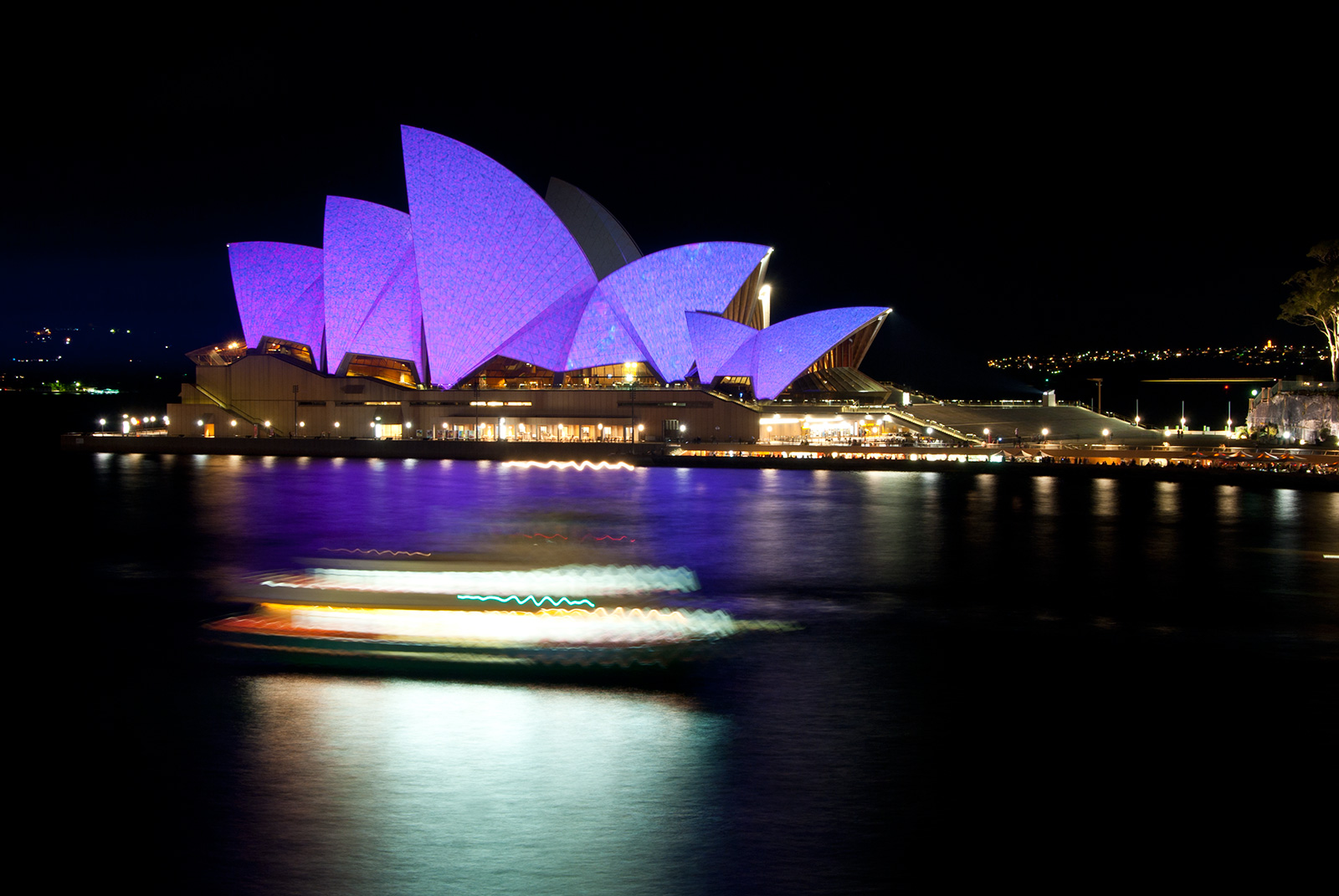
AMA’s Arts Marketing Festival showcased some amazing stories and learning from across the arts landscape. One of the most striking came from Opera Australia’s Georgia Rivers and their story about how they were able to increase attendance 28% in 8 years.
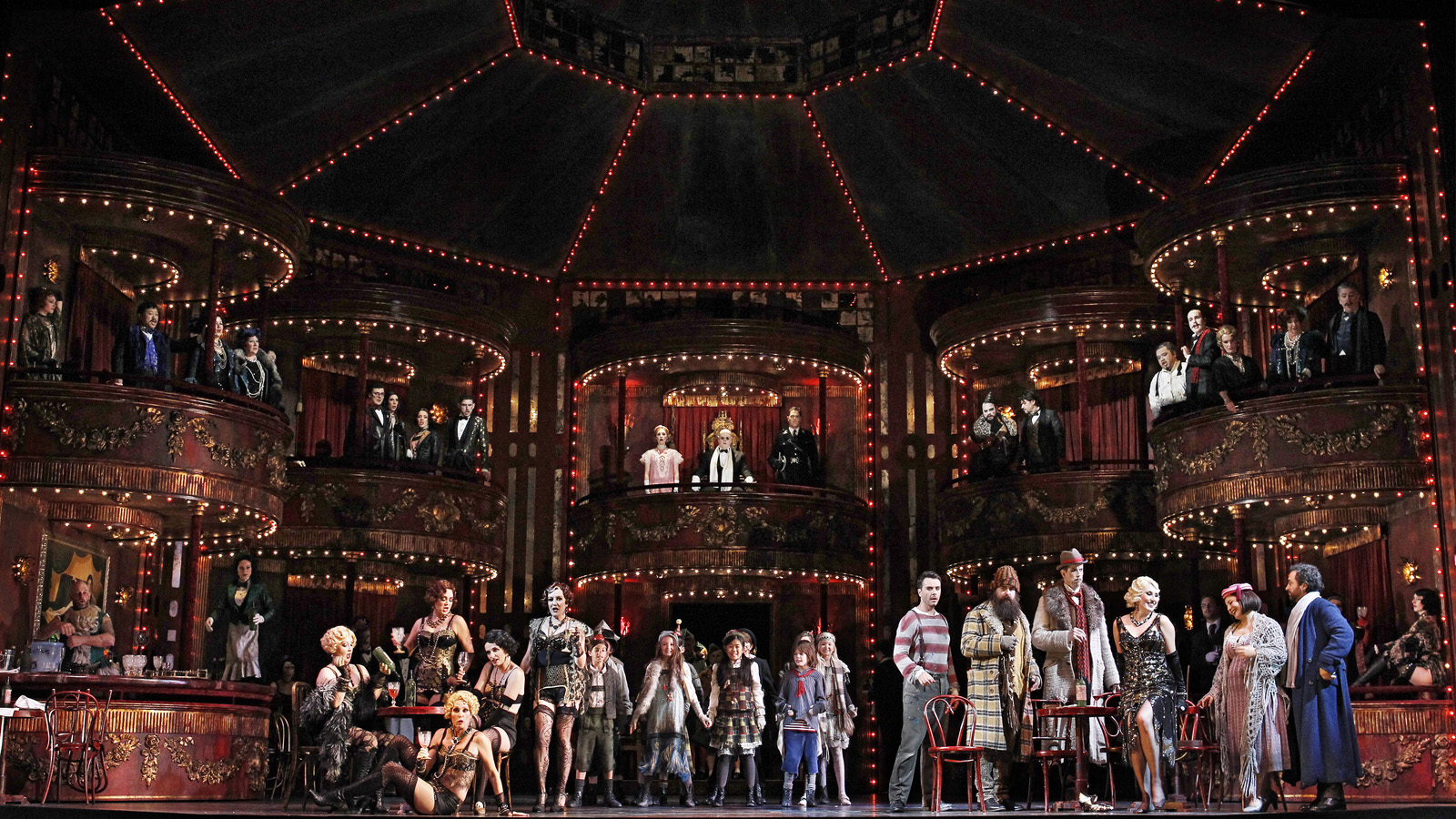
Rivers addressed the question Why does arts marketing have to change? In the bygone world people lived in an age where audience members were born in a world where classical music was the music. Then the record industry succeeded in making musicians famous, and the best ones sold tickets. As the recording industry declined, we sold tickets off the name of composers and pieces.
While opera has its own particular set of challenges, the learnings that Rivers shared about Opera Australia’s experiences can really apply to anyone trying to understand what engages their audiences. Even more compelling was how Opera Australia was able to translate engagement into revenue.
Rivers explained that understanding audiences was the key to moving the dial on increasing attendance. As a classic arts attendee herself, she felt like she understood her core audience already.
But as she explained, the truth is, this was only half the picture.
What is the Future for Arts Attendees?
Rivers gave us a stark truth: attendees' interests are changing, so we need to change with them if we have any hope of increasing attendance. This is particularly true in the classical space where the Star Wars soundtrack will have more resonance with younger audiences than Mozart.
But there is more to it. Live experiences are challenged by digital media and other experiences people can have, not to mention media fragmentation along with a mainstream audience shifting interests.
So how can arts organisations do it?
It might seem that loyalty programmes would do the trick to increase attendance, but the truth as Rivers pointed out is that 60% of attendees only come once and even those interested in attending 70% couldn’t name one.
Maybe then it is in the pricing? For years consumers can see the prices of so many things going further down. So many productions can be found online ready to stream - for free. So price may not always be the barrier we think it is.
This is not to say that loyalty programmes or keen pricing is not a good way to attract audiences, but there may be other avenues we have yet to explore.
What Rivers really was driving home was that all arts organisations need different campaigns - you can’t have a one size fits all for all audiences or goals. From OA’s blog, here is a great example of this:
“1. The Australian Chamber Orchestra is a cult of fans. Fans get fans. Nine out of ten new subscribers know an existing subscriber. So the winning marketing strategy is deep customer service that connects the fan to the musicians, and makes them talk.
2. Opera Australia is a luxury FMCG, churning through hundreds of thousands of expensive tickets, so however niche opera is, targeted mass marketing is required. Also, OA’s most successful events are opera-based tourist attractions, so tourism marketing is essential.
3. Sydney Philharmonia Choirs succeed when the choristers persuade their friends and family to attend, so the task of the marketer is to give the choristers tools to do that.”
All in the classcal space - but all need different strategies
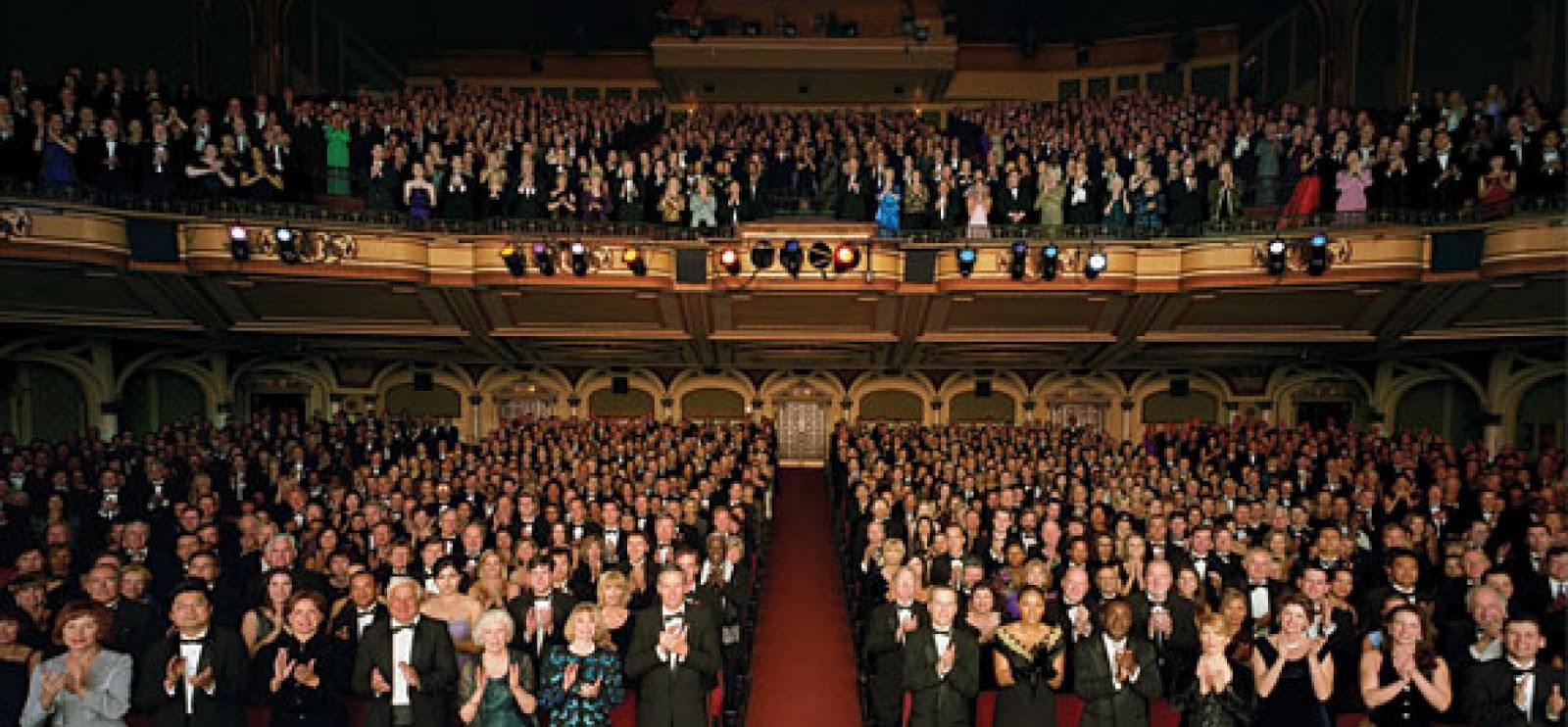
Where to Start? Talk to Your Customers.
This is where the real home truths start. You might be thinking that audiences are there for the art or the artists. But as Rivers pointed out - they aren’t. They have very different motivations for being there. Maybe it was a Christmas present, it was a desire to spend time with parents or friends - a night out with the girls.
Understanding why - really why - they are there will help you discover new marketing opportunities and ideas.
How Did Opera Australia do it?
What OA discovered is that only deep customer service that connects fans to the performers and makes them talk - will really get audience attendance revved up. Again from their blog,
“Here's how we do it:
1. A week before the performance, pull a list of the segment of customers you want to talk to.
2. Send them an email: “You’re invited to join me and a few colleagues in the marketing team for a complimentary drink before the performance. We find it helpful to meet members of our audience and look forward to talking with you.” By saying that, they will know you want them to answer questions for their drink.
3. Invite one team member per ten customers.
4. Ask, “do you go to performances often?” That's usually enough to elicit their history with the art form, why they are there, what they are expecting, and more. Team members might ask questions relating to their work, such as, “what media do you look at to find about events?” or, “did you have any trouble buying a ticket on the website?”
5. Look for patterns in the answers, to uncover new markets you can serve, needs you can meet, and tactics you can deploy.”
Obviously you can scale this up or down depending on your needs, but the critical part here you need to talk to you customers as much as you can.”
As Rivers explained, ask all the relevant questions here - do you come here often, what media do you read or how did you find the website - anything that can help you better understand their motivations and drivers.
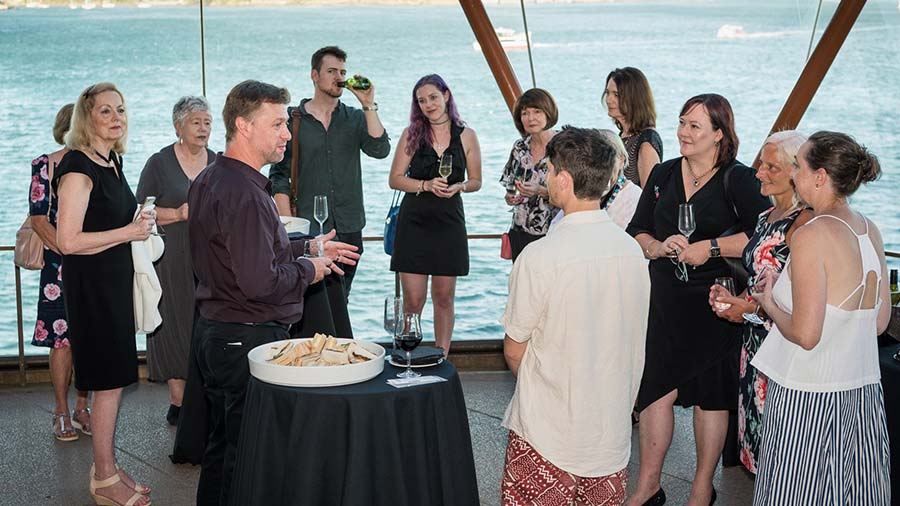
As part of the process, segmentation was key for OA, but so was looking deeper into their data. This is so they could really understand motivations, values and drivers of their audiences.
By talking to their audiences they discovered there were 3 major customer segments:
-
The core audience, who love the art for its intrinsic value
-
People who attend the arts for social connection
-
Tourists(who can also fall into the first two categories
The segments were identified through qualitative research and usimg the Morris Hargreaves McIntyre Culture Segments model.
The model helped them identify consumer motivations and values.
Only 20% of their ticket buyers fell into segment one: our “core audience” of opera lovers(Essence culture sector)
46% of their ticket buyers fell into segment two: come to Opera for social connection(Expression and Affirmation culture segments).
Interestingly as Rivers pointed out - what you find out is exactly what you have missed.
OA's marketing was really focused on super fans and while fans will persuade family and friends to attend, it might alienate people just looking for a great night out. So OA needed to figure out how to engage with their previously ignored audiences.
What OA found was that many of their attendees were not necessarily fans but attended because of some other reason, a gift, came with friends (82%).
Benefits Marketing

What has always been true is true with arts marketing - benefits marketing really does work.
Rivers explains Arts marketing used to feature only the art and artists. But that kind of advertising can be alienating, and worse, incomprehensible to most people. Rivers explains Imagine sitting in a taxi and passing signage for a season of Wagner’s Ring Cycle — our flagship event — and hearing the driver say it was advertising a bike ride around the Ring Road.
The title will be meaningless or worse alienating (remember those 70% of attendees that couldn’t even name one opera)?
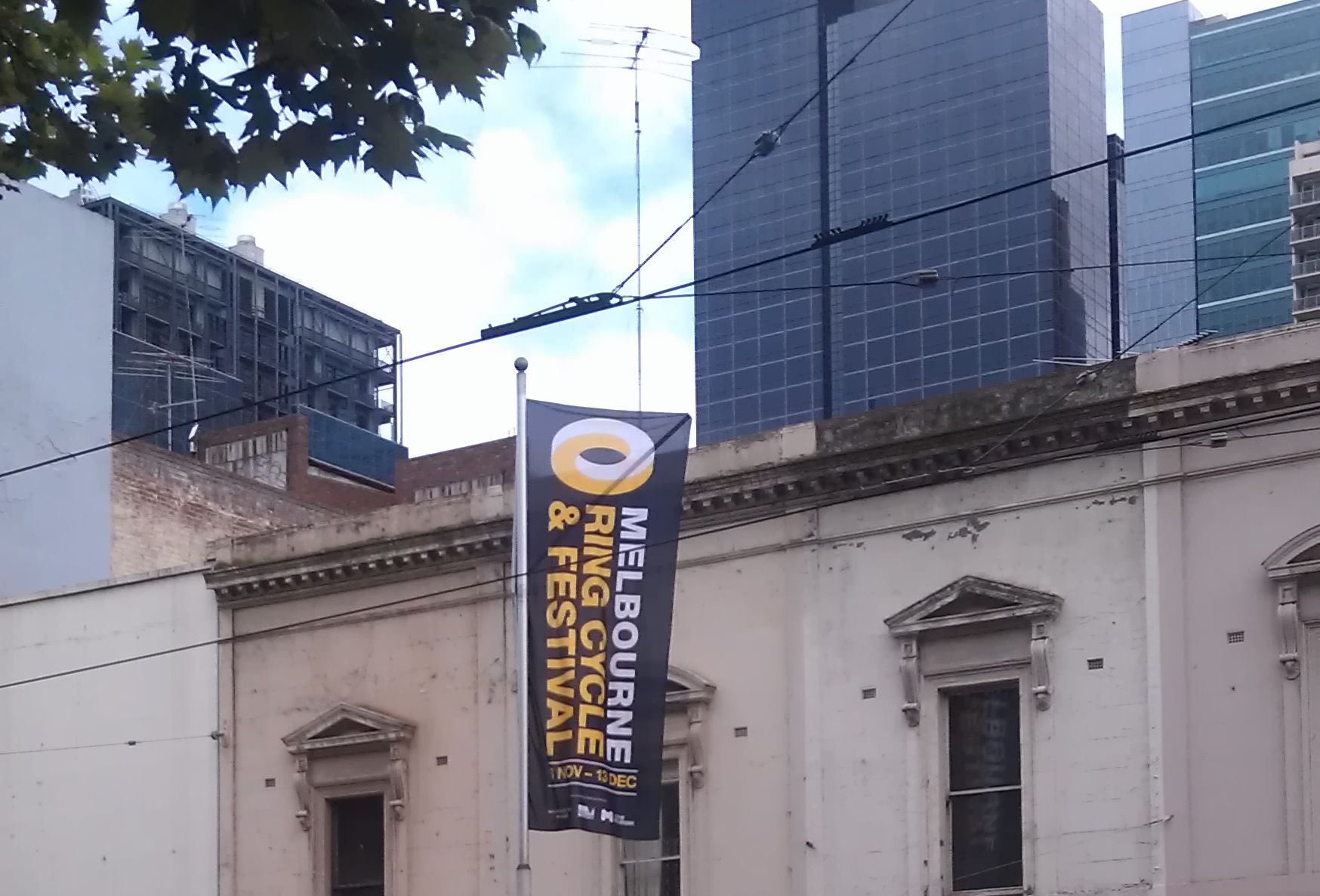
What is great about this is that once you start talking - really talking - to your audiences you can start to hone in on the benefits that matter most to them.
As Rivers noted, for some it might feel disingenuous to the arts to not market the art or the artists. But it is a missed opportunity to bring new audiences into the venue - and missed revenue.
Some think that demonstrating the benefits of the arts, instead of focusing on the features, is crass. They believe that naming the composer and performer should fill the hall. That misses an opportunity to secure financial resources for the arts Just as zoos don’t just advertise their tigers - they advertise birthday parties as well, . zoos promote themselves as places for children parties and holiday entertainment and thereby make money to fullfill their mission to preserve wildlife
Seth Godin has said the value of live music is that when you have something that draws on emotion so viscerally, you can cut through different world views and create a shared experience. That is something to celebrate.
For OA
“It’s a huge relief that customers don’t find lack of knowledge a barrier to attending. We don’t need to despair about declining arts education when we can sell tickets to people who aren't familiar with the arts. We just have to present the arts as a solution to the needs they have, and find them where and when they are looking for solutions.”
It’s an old marketing concept: sell the benefits, not the features. We haven't really had to do it in the arts, because until recently, naming the work and artists (the features) has been enough. Now, no one needs to see La Bohème or The Magic Flute, but they do need a birthday treat for their partner, or a gift for their mother, or somewhere to go on a date
Rivers believes that after COVID 19, the need for the arts to bring people together, create connections and enhance relationships will be greater than ever.
Rivers reviewed five key areas to consider when thinking about benefits marketing in the arts.
Gift Giving
Especially in today's world filled with “stuff” many people love giving experiences as gifts. They are more meaningful and impactful. OA offers two different gift vouchers to address this benefit. Vouchers can be for a cash amount so that novice attendees (or purchasers) don’t have to pick a production date etc.
Marking Occasions
Besides special packages for anniversaries, New Year’s Gala etc., OA also facilitates marriage proposals (for a fee) before performances begin and in front of an audience.
Corporate Rewards
OA offers corporate priority booking for companies as well as the ability for companies to stage staff awards ceremony combined with a performance.
Impressing Others
In this age of social media, encouraging audiences to share may seem obvious. But as Rivers explained, OA does a few innovative things to get shares. They hire young photographers and then share on social media so they can share.
“We encourage audience members to boast about attending the opera by giving them photographs of themselves to share. We hire photographers to take photos in the foyer before every performance and post them on Facebook the next morning. Audience members find and share their photos, and normalise the idea of attending opera for their friends. The photos demonstrate that all sorts of people attend the opera, and help overcome the fear that it is not accessible. Plus, they give us great photos of our audience enjoying our product — which we can use in our marketing.”
Supporting Status
Now this one is really different, OA gives people the opportunity to walk on stage during a performance! While not many do it, there is a some income from it, but more importantly is the positive PR.
“Tourism Australia markets it globally in its Signature Experiences program. Media in Australia, USA, UK, and China have written about it. Few are brave enough to do it, but after reading about it, they think seeing opera is a must when they visit Sydney.”
Why do these work so well for OA? As Rivers noted, marketing works when you promise to make audiences an ideal version of themselves.
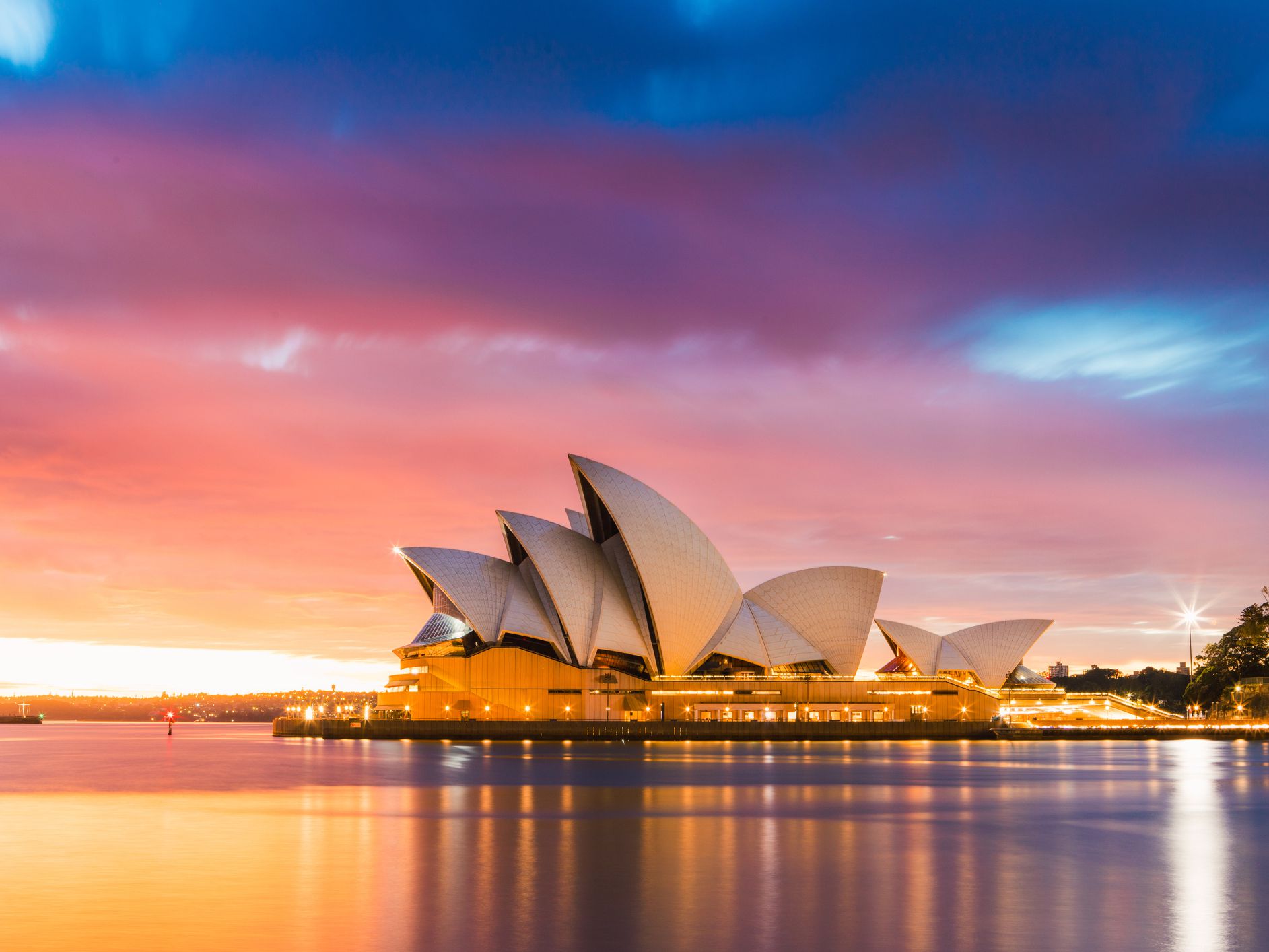
Selling Benefits and Distribution, Sales and Content Channels
When you are selling and marketing via benefits you need to ensure that you are in all the distribution sales and content channels available to you. You need to go wide in order to ensure you fill all the needs.
So for example, OA uses the following sales channels:
Gift ideas: Red Balloon
Experiences: Viator
Holiday activities: Expedia or CTrip
Entertainment for conferences or incentive trips: Business Events Sydney
Impulse purchases: Groupon
Last-minute rush: TodayTix
They also use a variety of distribution channels such as Opera Babies - which is babies dressed in tiny opera costumes - I mean who could resist!
They also utilise a number of different and unique content channels, tourism, how to videos, opera recaps and more.
The idea is clear: get it out there, go wide, go broad, go big!
Tourism Marketing and The Arts
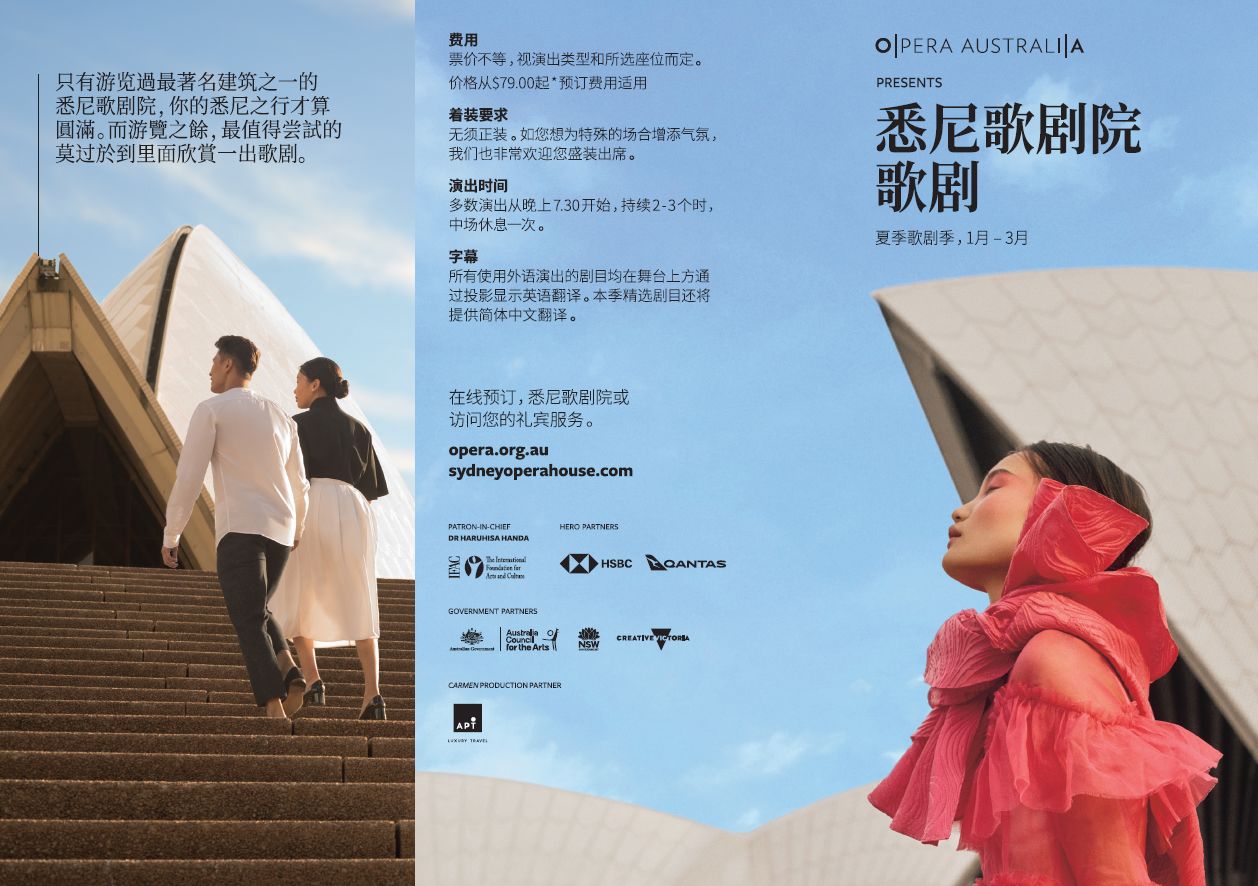
Tourism and the arts are clear bedfellows. Tourists make up a big portion of arts goers in the UK and Ireland - and the same goes for Australia. But what OA did was to specifically target marketing at tourists. Tourists are a great market as they are actively looking for things to do. And for tourists theatres and concert halls are tourists destinations in and of themselves.
Pricing and timing needs to work with tourists and the industry itself (if you work with agencies for example, they will need dates for shows as early as April - not the show name necessarily but the dates).
But as Rivers explained tourism and tourists could be a great untapped market for many arts organisations.
Experience Enhancement
While of course the show is a big part of the draw here, enhancing the experience is what will bring audiences back to buy again. For many people, attending a show is not routine - it is something special and you have the opportunity to make even more special.
“For those of us who attend performances routinely, it is easy to underestimate how much is riding on a performance for occasional ticket-buyers. It might be a date, or a birthday present. They might have driven three hours to get there, or be hosting an overseas visitor. It is not routine.”
For your audiences it isn’t about 300 events or 400,000 experiences. It is about spending time with friends, family - people they love.
In the arts the works and performances are outstanding, when you get, the core product is sacrosanct. But you can go beyond that and create memorable experiences that bring people back - and get them talking about it!
So if we can agree that for many people, it the overall experience that matters, then you have the opportunity to complete the night for them.
Completing the Night
Pre show dining for example, where the dinner and the show is part of the package. Or what about creating party atmosphere or hosting foyer parties? All of these extras make the experience more than just going to a show - they make them unforgettable.
“There has been a shift in marketing. You have to push beyond what customers expect and surprise them.
Making the Audience the Star
OA has a photographer in the foyer at the start of every show - adding to the special atmosphere of the night. They offer costume dress ups, theme nights (think about Madame Butterfly), dance classes before a show, characters in the foyer and even maps showing where the audience are from. OA has even given koalas bears away - okay not real ones - but you get the idea. Think about why your audience are attending and that will help spark the ideas of going the extra mile.
Special Access and Information
Opera for One - this programme is for people who are attending alone and gives them the opportunity to hear a talk, and meet others address social isolation, but also the desire of many people wanting to attend the arts but having no one to go with.
The Susan Isaac Wakil Foundation is a lottery programme where people who have never attended the opera can do so for 20 dollars. Thousands of people have been able to attend the opera though the generosity of this programme.
Cheat Sheet On Show
“We publish cheat sheets about each opera online and hand out printed copies at performances. As well as a historical snapshot and information about the production, they include conversation starters, to help people discuss the opera. Did you know that Casanova advised on the libretto of Don Giovanni? We’ve heard people queuing for the bathroom using these facts to start conversations.”
Costume Displays
Displaying these costumes in in Foyers and Shopping Centres has been a great way to generate interest and PR.
Highlight Concerts
These are short performances which help unlock audiences that might be unsure but helps to get them interested.
The real message from Rivers talk goes across arts genres. Do you really know your audiences motivations? Why do people come to your shows?
If you can unlock that, there is a world of possibilities.
Categories
Recent posts
Archive
- December 2025 (2)
- November 2025 (1)
- October 2025 (3)
- September 2025 (1)
- August 2025 (3)
- July 2025 (3)
- June 2025 (3)
- May 2025 (4)
- April 2025 (5)
- March 2025 (5)
- February 2025 (4)
- January 2025 (4)
- December 2024 (3)
- November 2024 (5)
- October 2024 (4)
- September 2024 (7)
- August 2024 (5)
- July 2024 (3)
- June 2024 (3)
- May 2024 (3)
- April 2024 (3)
- March 2024 (4)
- February 2024 (5)
- January 2024 (3)
- December 2023 (3)
- November 2023 (4)
- October 2023 (4)
- September 2023 (5)
- August 2023 (3)
- July 2023 (4)
- June 2023 (4)
- May 2023 (5)
- April 2023 (4)
- March 2023 (4)
- February 2023 (5)
- January 2023 (4)
- December 2022 (4)
- November 2022 (3)
- October 2022 (4)
- September 2022 (5)
- August 2022 (2)
- July 2022 (4)
- June 2022 (5)
- May 2022 (4)
- April 2022 (5)
- March 2022 (3)
- February 2022 (4)
- January 2022 (4)
- December 2021 (2)
- November 2021 (3)
- October 2021 (5)
- September 2021 (4)
- August 2021 (4)
- July 2021 (3)
- June 2021 (4)
- May 2021 (2)
- April 2021 (4)
- March 2021 (5)
- February 2021 (4)
- January 2021 (5)
- December 2020 (4)
- November 2020 (4)
- October 2020 (5)
- September 2020 (5)
- August 2020 (4)
- July 2020 (7)
- June 2020 (5)
- May 2020 (5)
- April 2020 (5)
- March 2020 (8)
- February 2020 (4)
- January 2020 (5)
- December 2019 (3)
- November 2019 (5)
- October 2019 (4)
- September 2019 (4)
- August 2019 (5)
- July 2019 (4)
- June 2019 (4)
- May 2019 (5)
- April 2019 (4)
- March 2019 (4)
- February 2019 (3)
- January 2019 (5)
- December 2018 (4)
- November 2018 (8)
- October 2018 (2)
- September 2018 (3)
- August 2018 (5)
- July 2018 (4)
- June 2018 (4)
- May 2018 (1)
- April 2018 (1)
- March 2018 (3)
- February 2018 (2)
- December 2017 (2)
- November 2017 (3)
- October 2017 (4)
- September 2017 (2)
- August 2017 (1)
- July 2017 (5)
- June 2017 (3)
- May 2017 (2)
- April 2017 (3)
- March 2017 (2)
- February 2017 (3)
- January 2017 (3)
- December 2016 (4)
- November 2016 (1)
- September 2016 (1)
- July 2016 (3)
- June 2016 (1)
- May 2016 (2)
- April 2016 (2)
- February 2016 (1)
- January 2016 (3)
- December 2015 (2)
- September 2015 (1)
- August 2015 (2)
- July 2015 (1)
- June 2015 (2)
- May 2015 (2)
- April 2015 (5)
- March 2015 (2)
- February 2015 (2)
- January 2015 (4)
- December 2014 (3)
- November 2014 (3)
- October 2014 (2)
- September 2014 (3)
- August 2014 (3)
- July 2014 (3)
- June 2014 (7)
- May 2014 (6)
- April 2014 (3)
- March 2014 (2)
- February 2014 (1)
- January 2014 (3)
- December 2013 (1)
- August 2013 (1)
- June 2013 (1)
- April 2013 (1)
Sign up for regular updates


